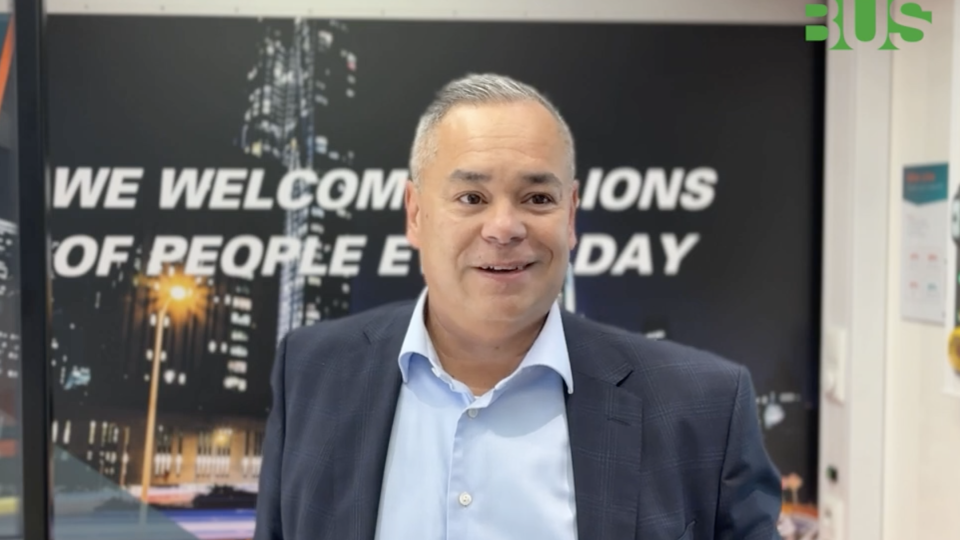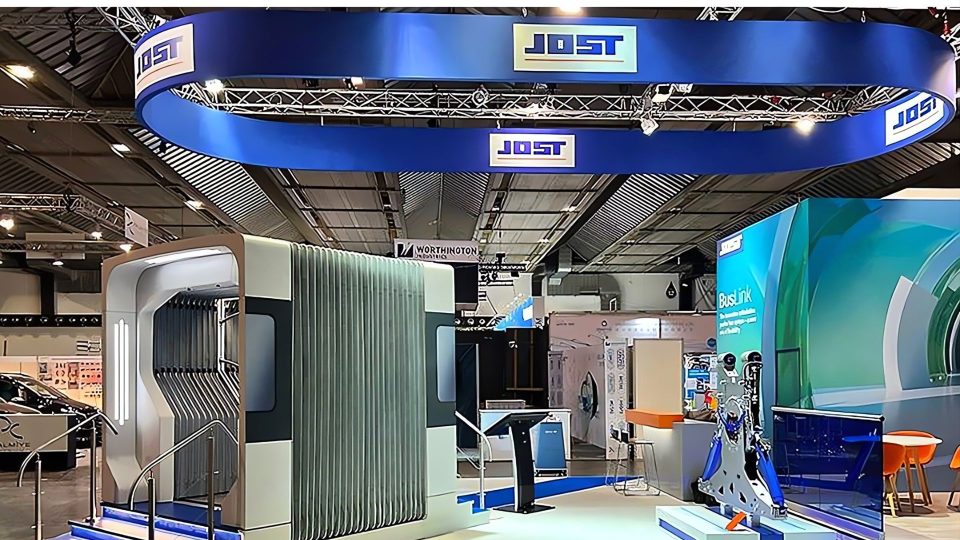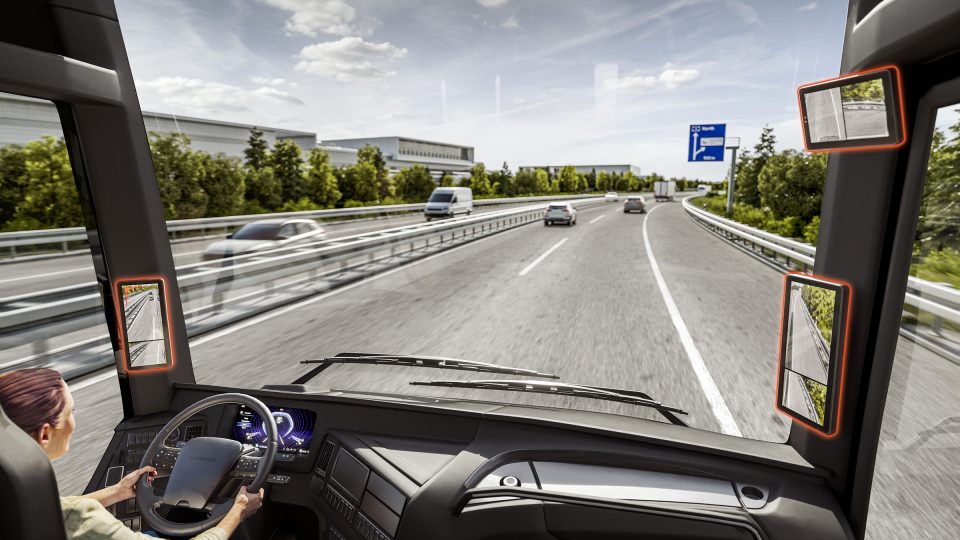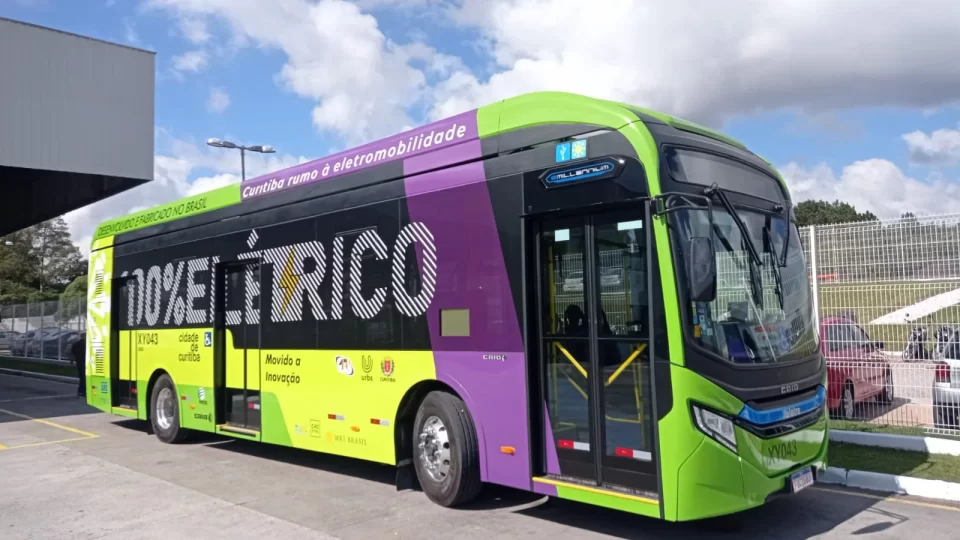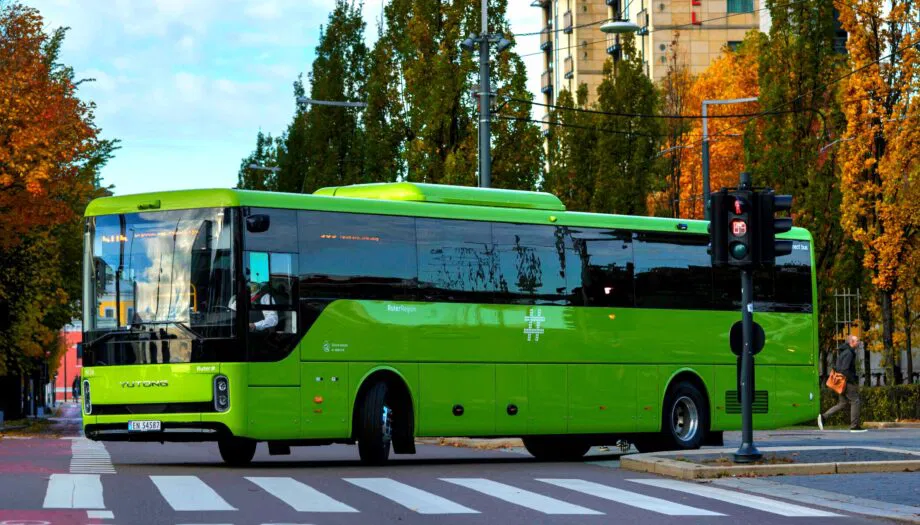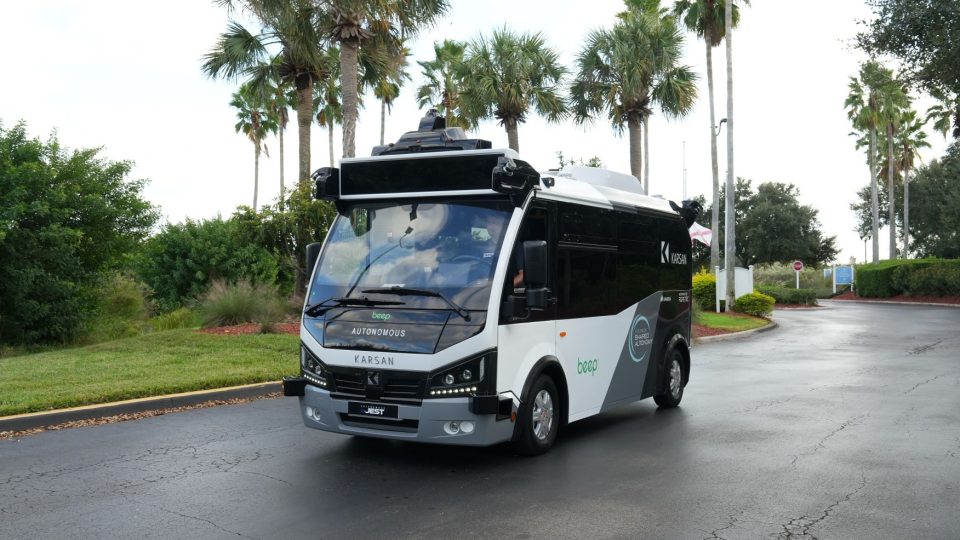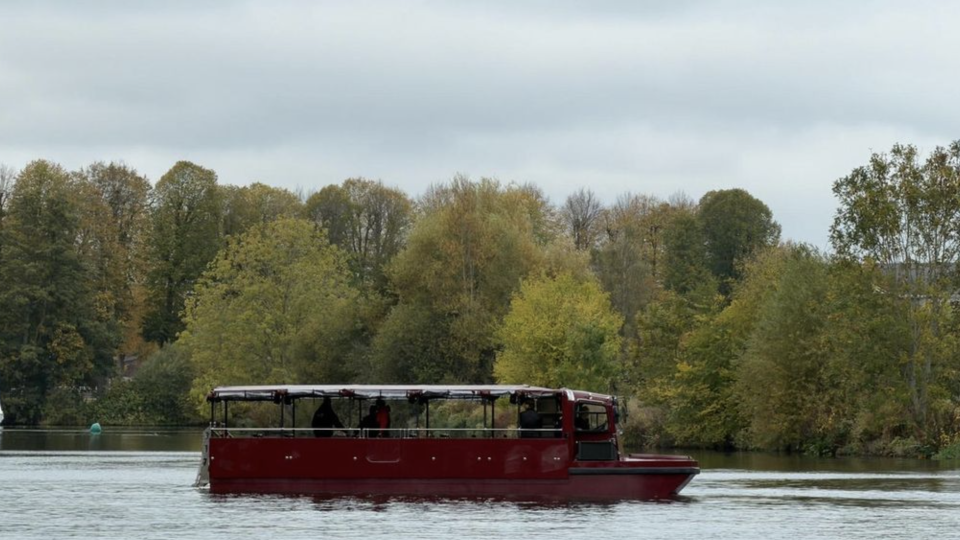VDL and Dumarey would be interested to Van Hool, crisis manager told De Standaard (trambuses for Paris are at risk)
Van Hool's bankruptcy is now unavoidable, crisis manager Marc Zwaaneveld (appointed in early 2024) told in an interview with De Standaard. Where he releases significants recriminations towards Van Hool's family. Also, production of trambuses for Paris is a high risk, as he specifically stated that those buses "cost too much to make".
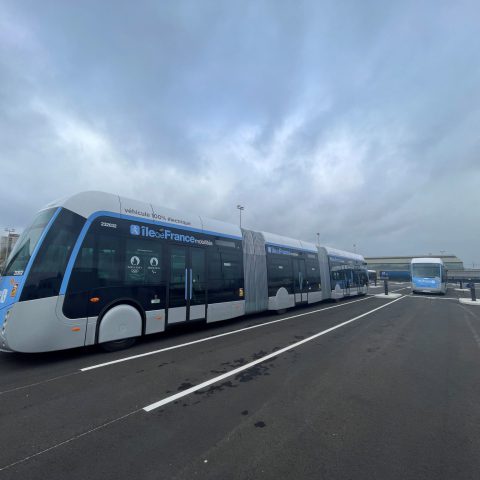
Van Hool‘s bankruptcy is now unavoidable, crisis manager Marc Zwaaneveld (appointed in early 2024) told in an interview with De Standaard. Where he releases significants recriminations towards Van Hool’s family. Also, production of trambuses for Paris is a high risk, as he specifically stated that those buses “cost too much to make”.
Van Hool announced the plan to stop production of city buses (and relocating business in Macedonia) on 11th March. Later on, the company asked for protection from creditors. Today, 26th March, Van Hool sent workers home, although they came to work as always (and unions are apparently still waiting for communications).
“There is still money until 31 March (and payment to workers is assured until that day), after that the coffers will be completely empty. The only possibility to save jobs and know-how is a restart with an acquirer after the bankruptcy“, is reported in De Standaard’s interview. The news is that there are two interested parties: one is Dutch bus manufacturer VDL (in association with a partner that is kept confidential), while the second candidate is Dumarey Group (that in late 2023 took over Mellor parent company WN VTech).
Trambuses for Paris, future is uncertain
According to Flemish newspaper ‘De Tijd’, the debt burden at Van Hool amounts to almost 400 million euros. And as reported on the same media, that debt burden is solely at the expense of the limited liability company Van Hool. However, part of the family, with the family holding company Immoroc, still owns the factory buildings and factory sites in both Lier (near Antwerp, Belgium) and Macedonia. These fixed assets are not covered by the impending bankruptcy and this complicates the takeover and relaunch.
What is interesting, in the interview Marc Zwaaneveld is asked about trambuses for Paris, showcased at Busworld and whose delivery has just began. Well, future is uncertain: “I think those tram buses are technically beautiful, only they cost too much to make. So as with the other city buses, I think we don’t earn enough from them and so it’s better to stop production. It’s up to the acquirer to decide whether to adopt that strategy.”, Zwaaneveld told De Standaard.
Zwaaneveld at De Standaard: relaunch was feasible, the family put a stop to it
The goal of the crisis manager was to relaunch the company through a recovery plan. “Banks and the government had to bridge, partly with fresh capital – still Zwaaneveld at the Belgian media -. Only after a few years, when the company would be healthy again, would an external party have to be found. The success of my plan did not depend on whether or not I would find an industrial party. In my scenario, that would have to be sought only later”. Something went wrong, and Zwaaneveld attributed it to Van Hool family: “I knew that the Van Hool family was not aligned before I came here. But I did not know the impact of the inheritance issue. The risk was that new equity in Van Hool would drain away to the descendants”, he said. And added: “The government and the banks really had the intention to reach a solution. The plan before them was very challenging but feasible. I bet heavily on that. The family put a stop to it. So the question is now irrelevant.”

